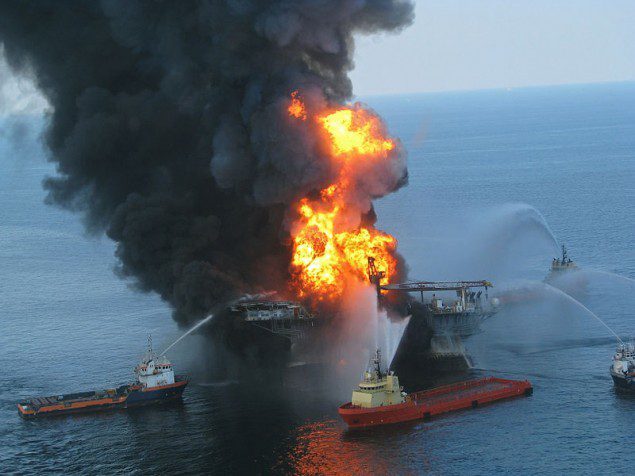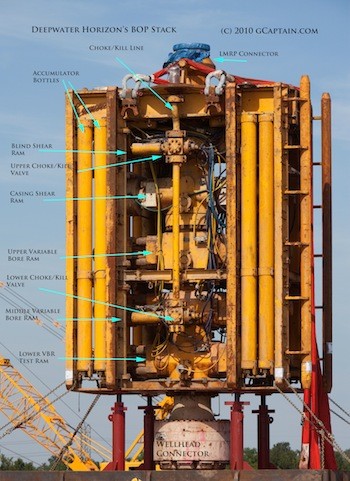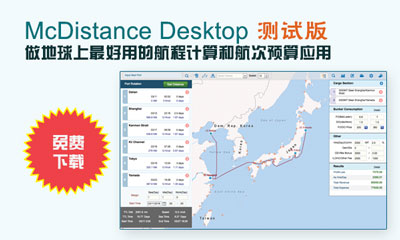
“Rob are you ok?”
Four years ago today, a friend of mine woke me up with those words. He was referring to the drilling rig Deepwater Horizon which had suffered a catastrophic blow out the night before in the Gulf of Mexico.
It was the same rig I was scheduled to fly out to a week later.
About an hour later I was in Transocean’s offices on the west side of Houston witnessing an intense and somber scene unfold. I didn’t know it at the time, but eleven of my colleagues had been killed, and a number more had been terribly injured.
For the next few months I spent many hours in that office building watching the subsea video feeds with fingers crossed while ROV operators did some amazing yet ultimately fruitless work while trying to actuate the blowout preventer in hopes of halting the oil spill.
I remember one of the operations managers remarking, “never in a million years would I ever have believed this could happen.”
Yet it did, of course.
On this fourth anniversary of the blowout on board the Deepwater Horizon and the subsequent Gulf oil spill, a tragedy that sadly overlaps another terrible mishap offshore South Korea with the loss of the Sewol ferry, it’s perhaps an appropriate time to consider the concept of risk.
Prior to the Deepwater Horizon disaster (or Macondo Well) incident depending on your point of view, the industry failed to acknowledge that it was actually possible for a situation to develop where a deepwater well could not be controlled via primary well control barriers such as the blowout preventer.

Blowout Preventer Photos – HiRes Images Of The Deepwater Horizon’s BOP
Even after prior events where BOP failsafes had to be relied upon to avoid major environmental disasters, the industry waited until Murphy’s Law forced it to change.
Had a capping stack actually been available to the offshore drilling industry, instead of trying to engineer one while oil poured into the Gulf of Mexico, the subsequent environmental catastrophe could have been largely avoided.
Today, rescuers off the southern tip of South Korea are retrieving bodies of children drowned after their ferry sank for unknown reasons.
There are a lot of questions yet to be answered surrounding the circumstances leading to this tragedy, however it’s impossible to deny that mistakes were made by individual people which led to this.
Accidents are avoidable, they don’t just happen. This is a key concept that needs to be embraced if we have any chance of learning from these tragedies.
Take a personal interest in the safety of your colleagues and those you are entrusted to protect and make it your goal to change at least one thing in order to make your workplace safer. Remember, you don’t need to be in charge in order to be a safety leader, safety is everyone’s responsibility.



